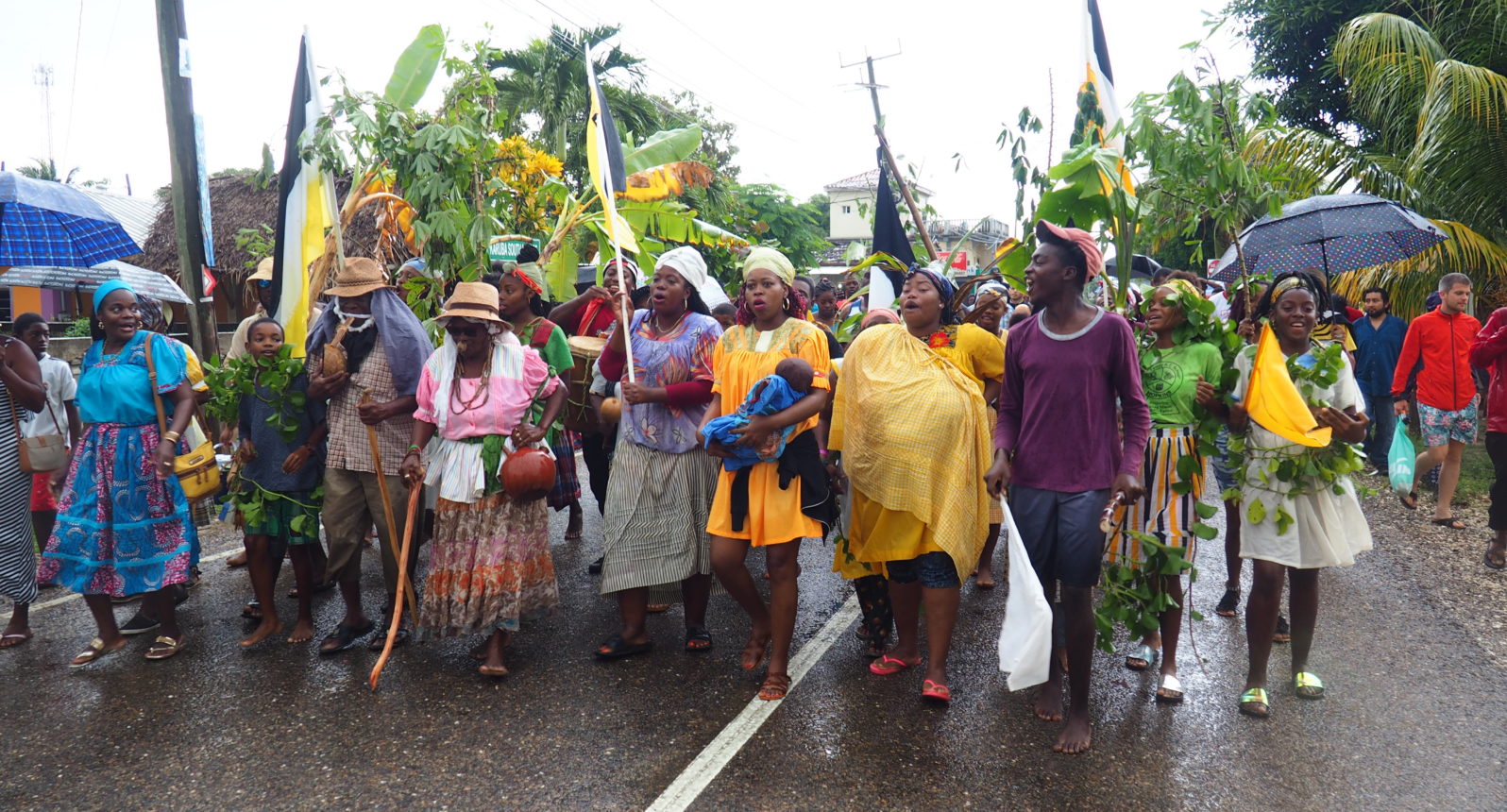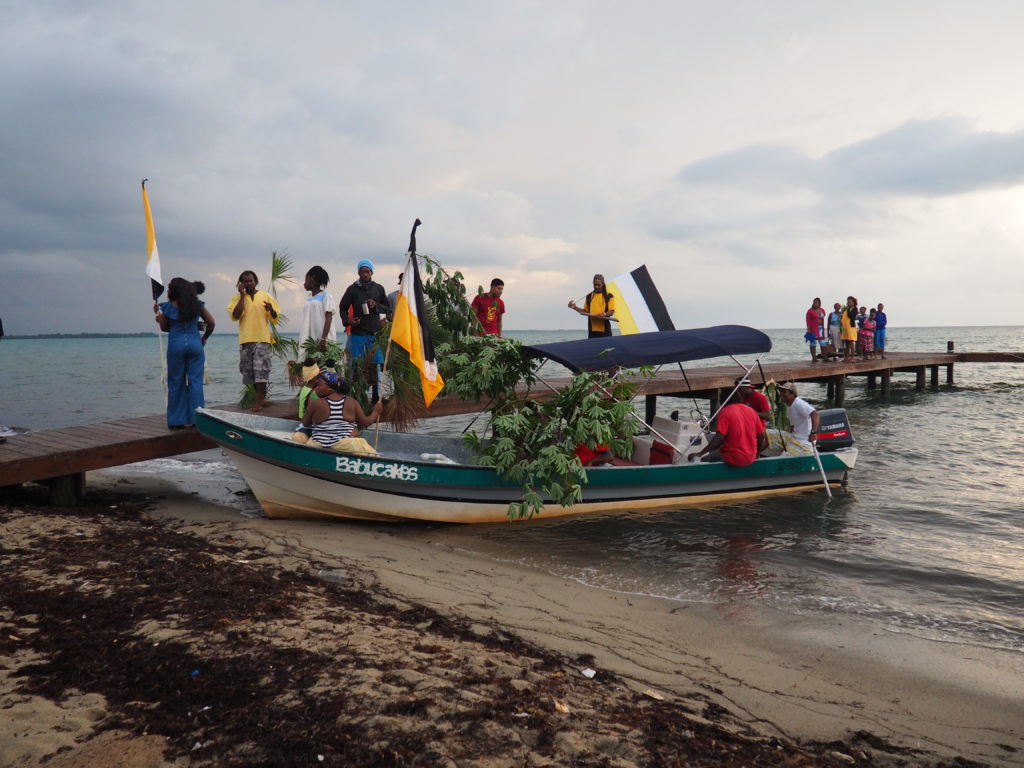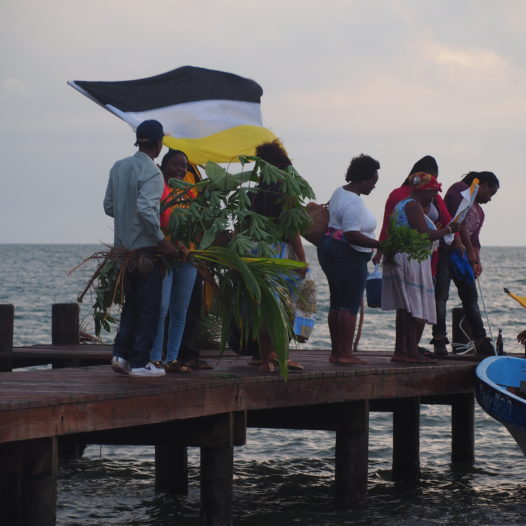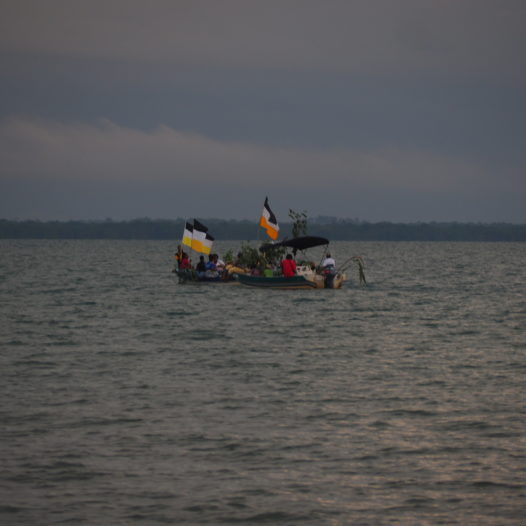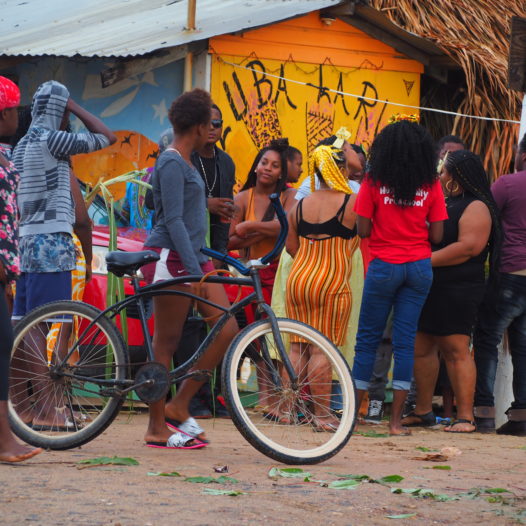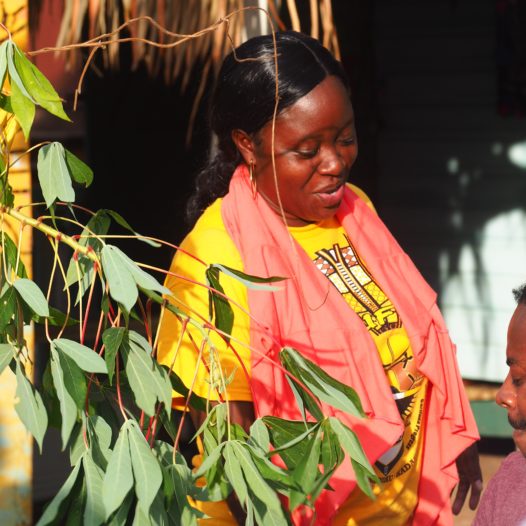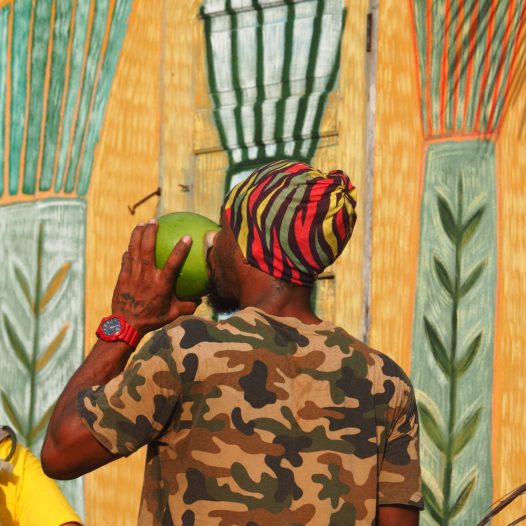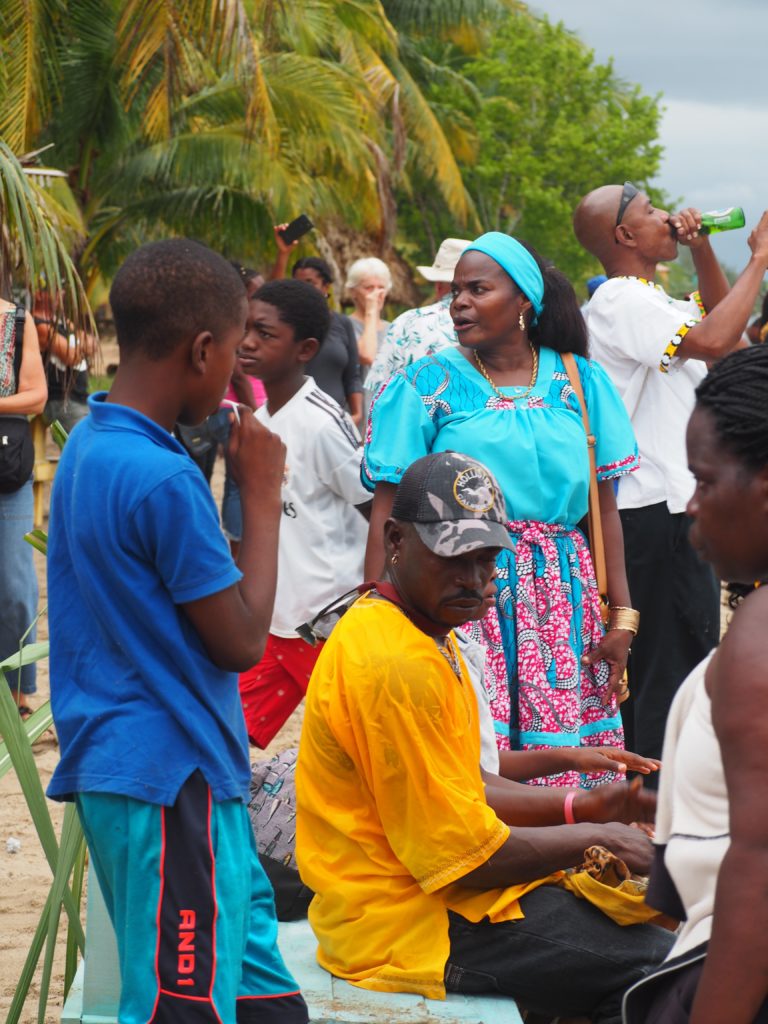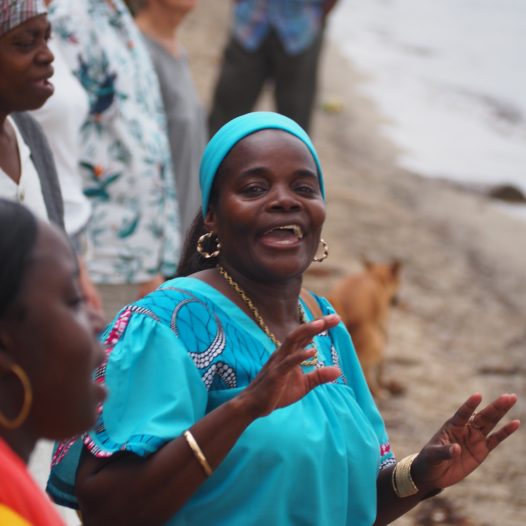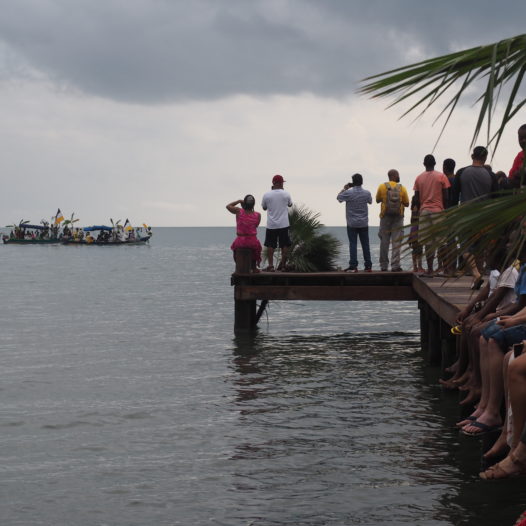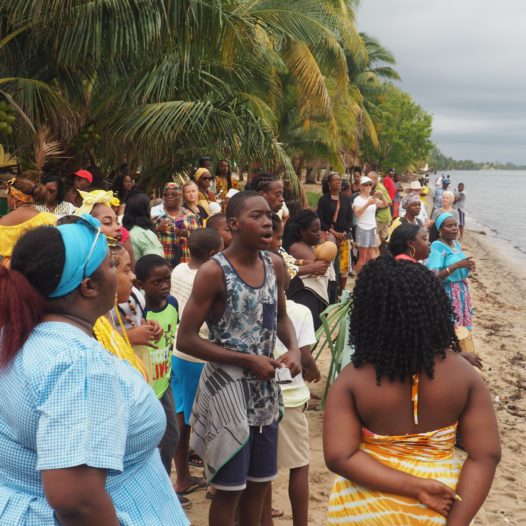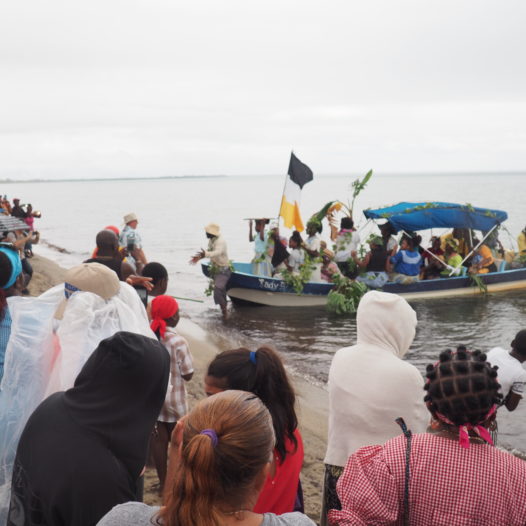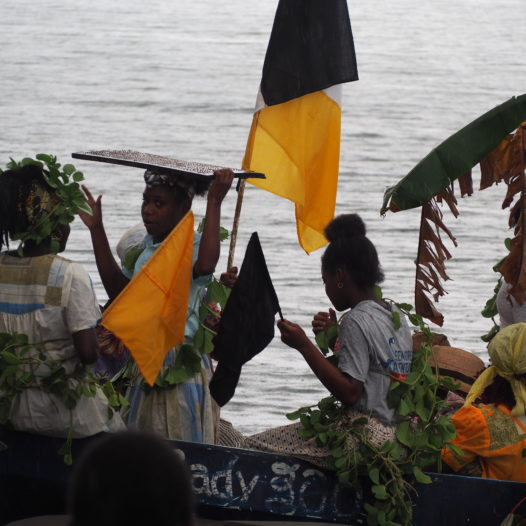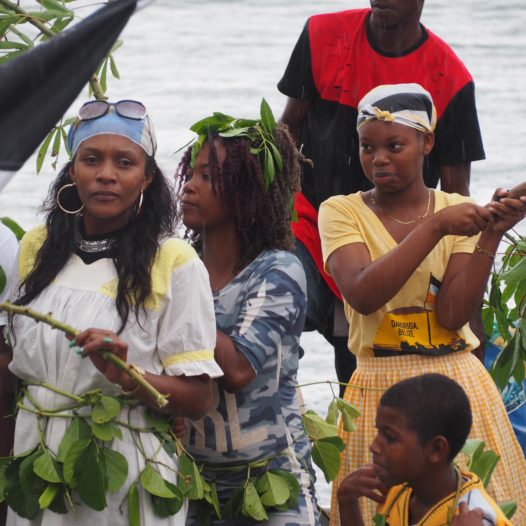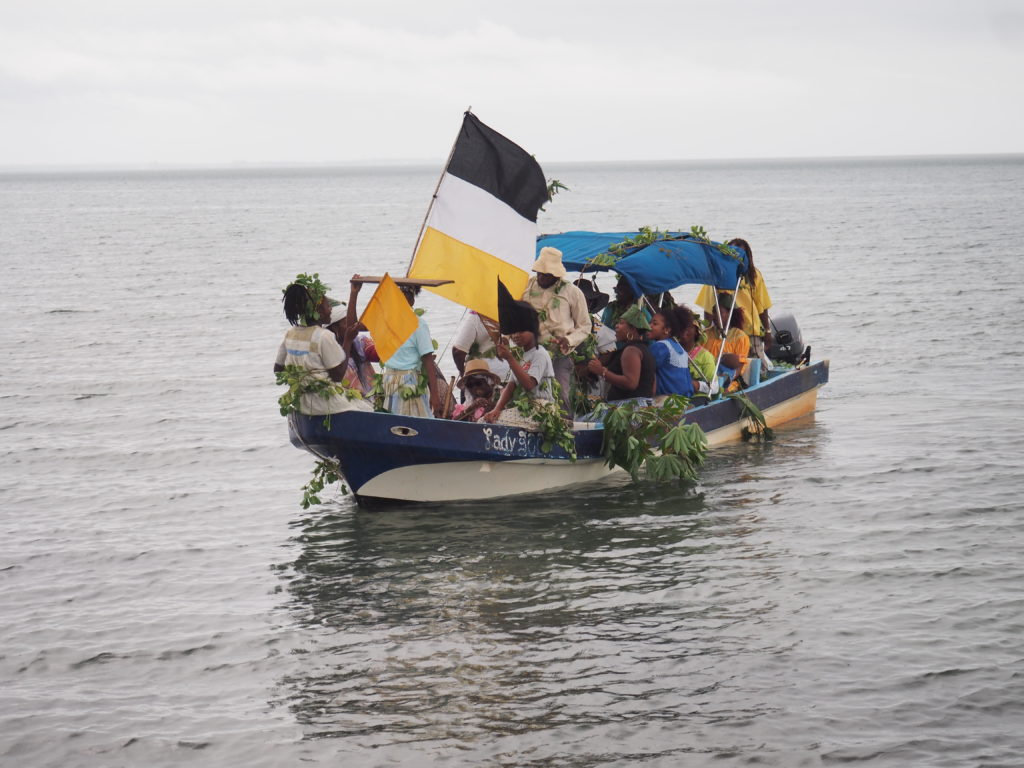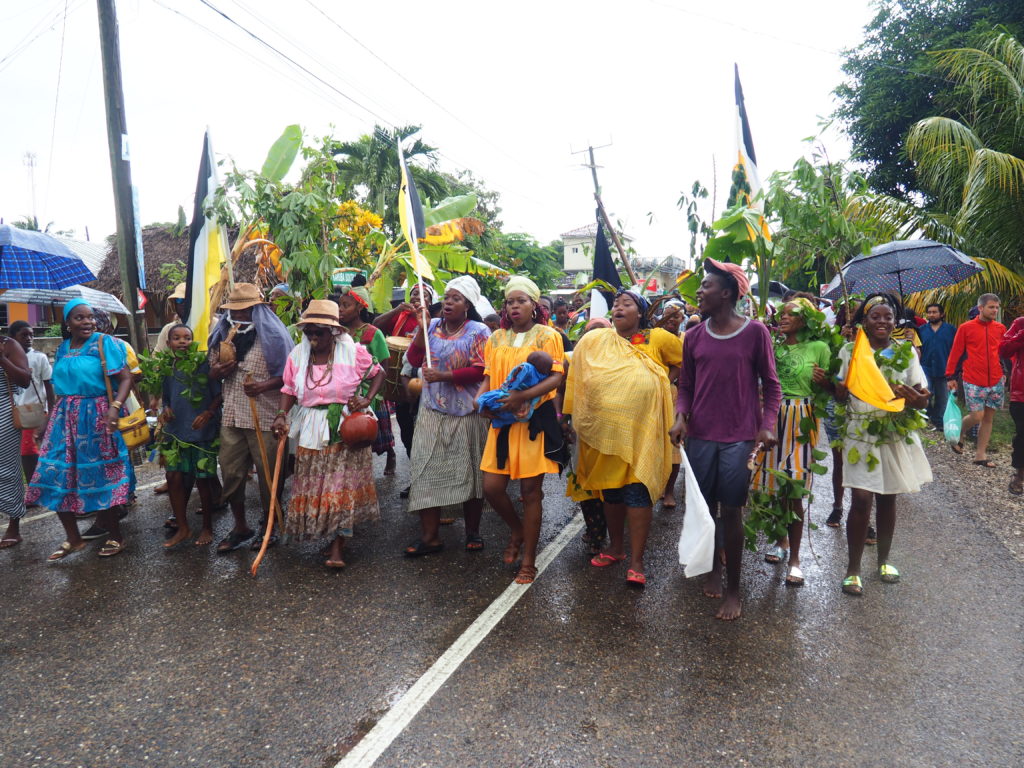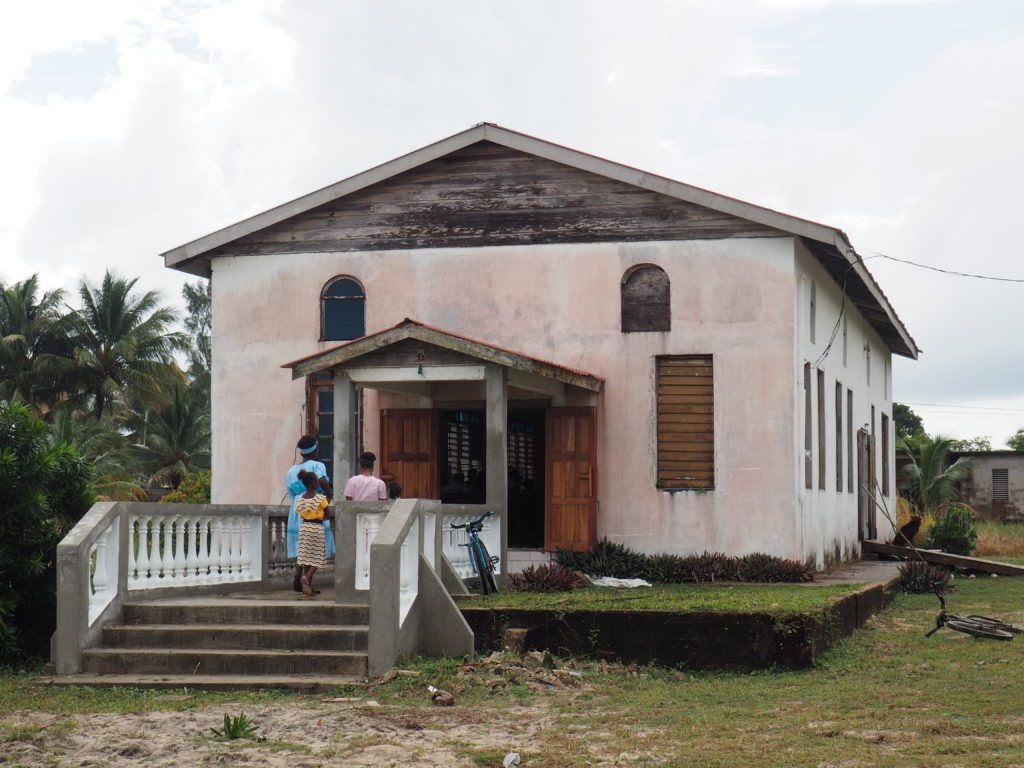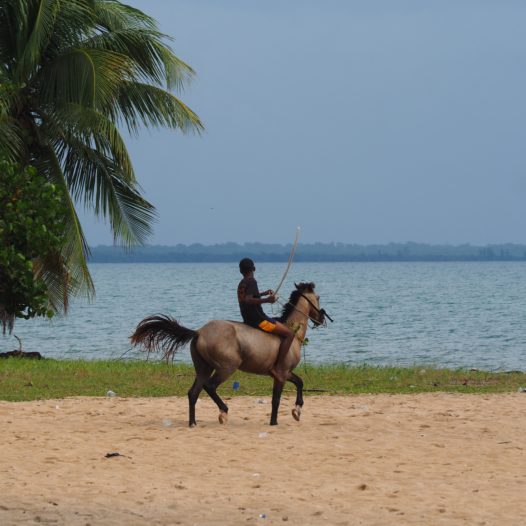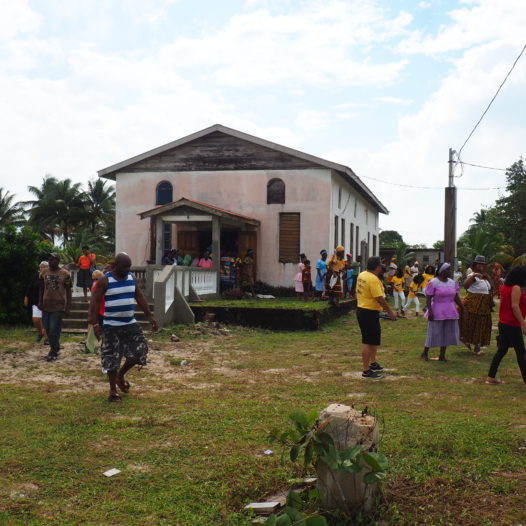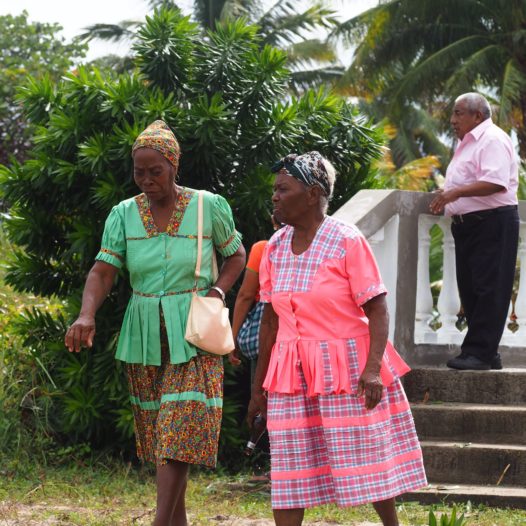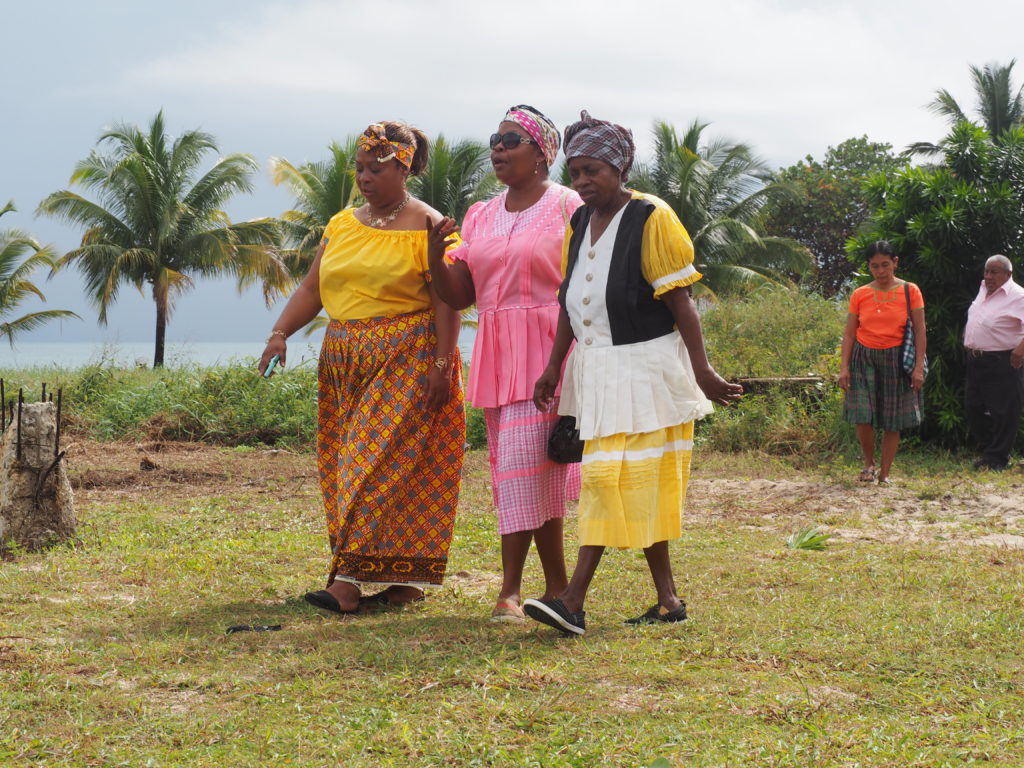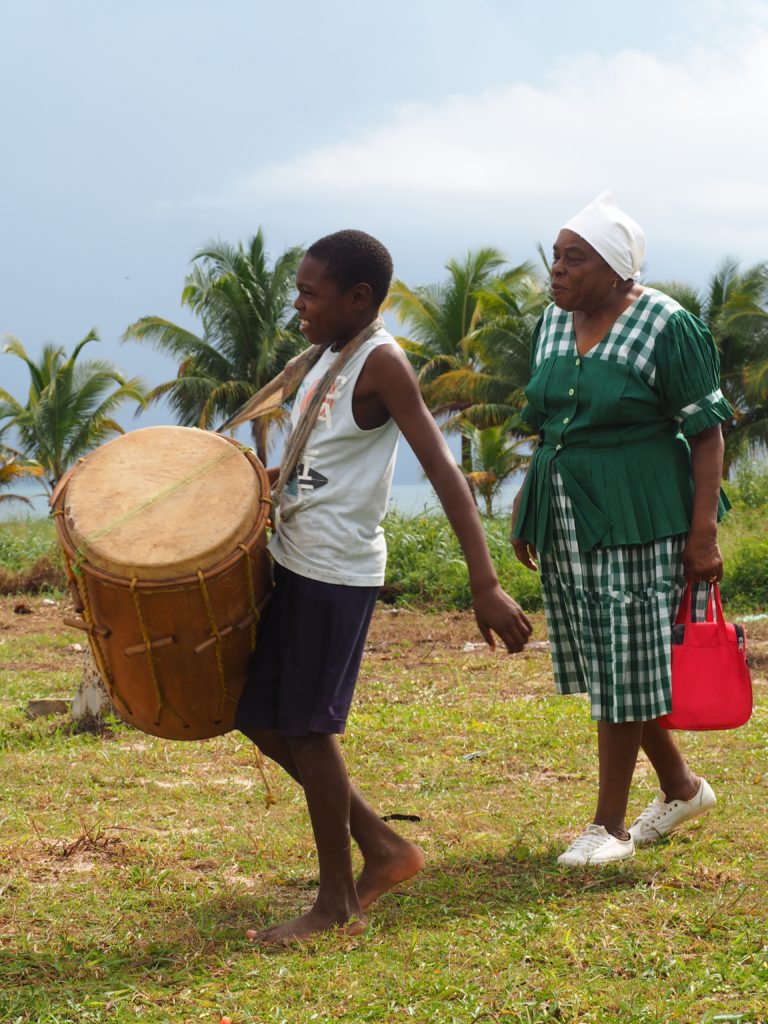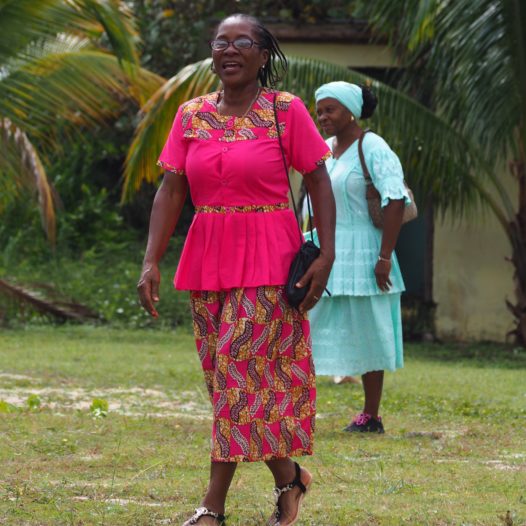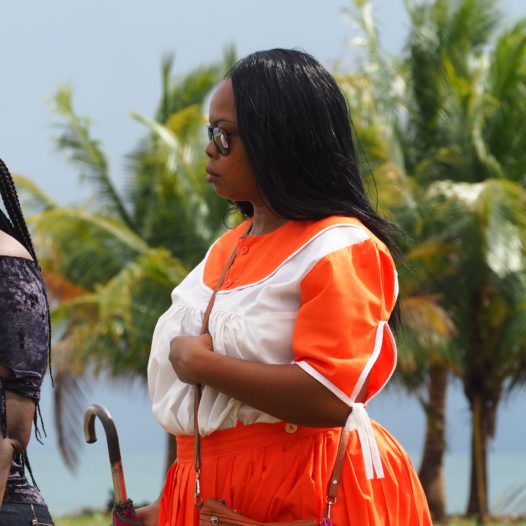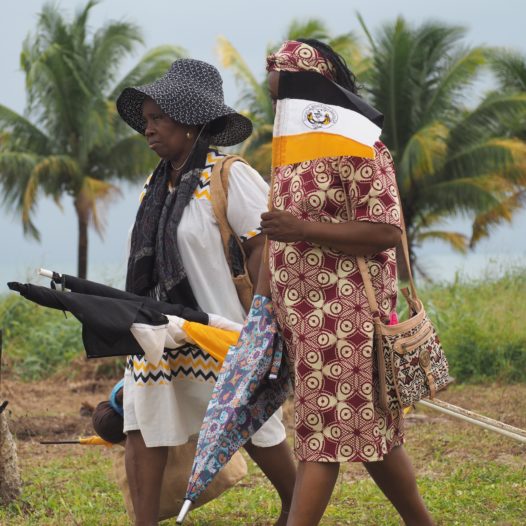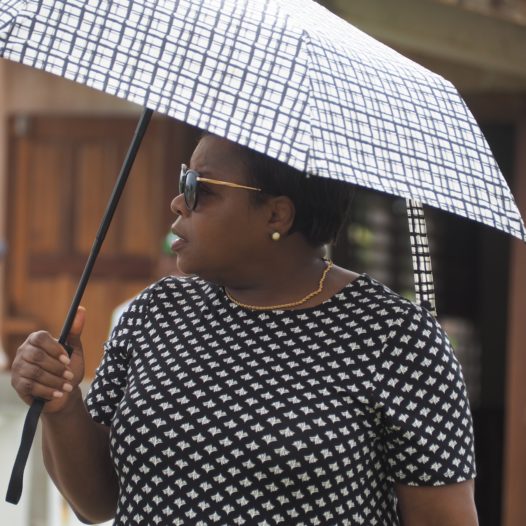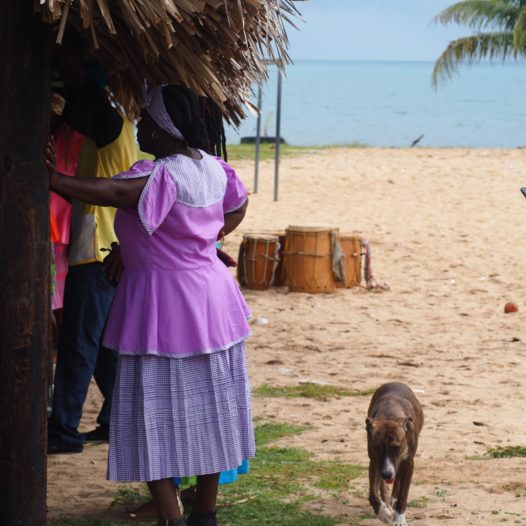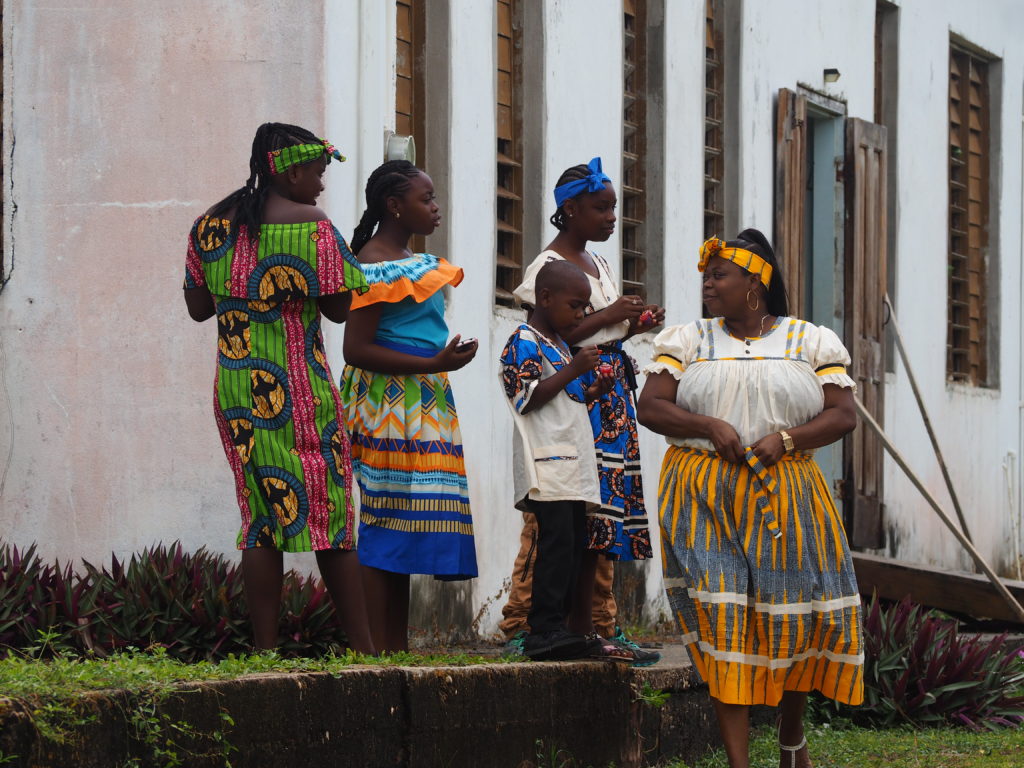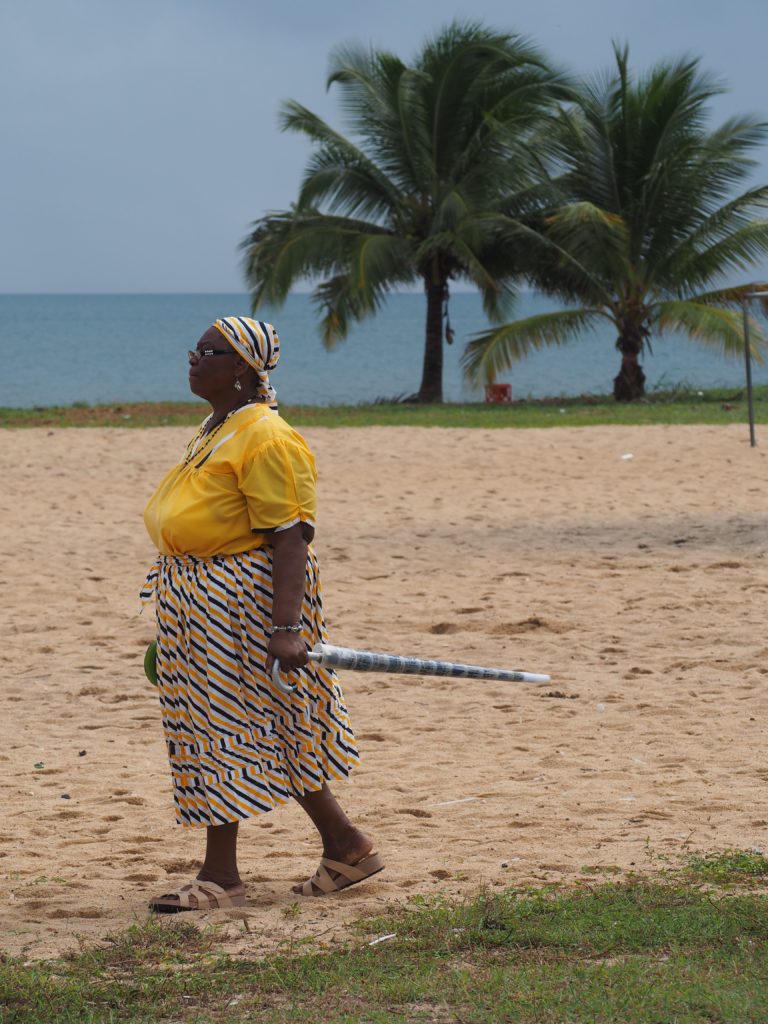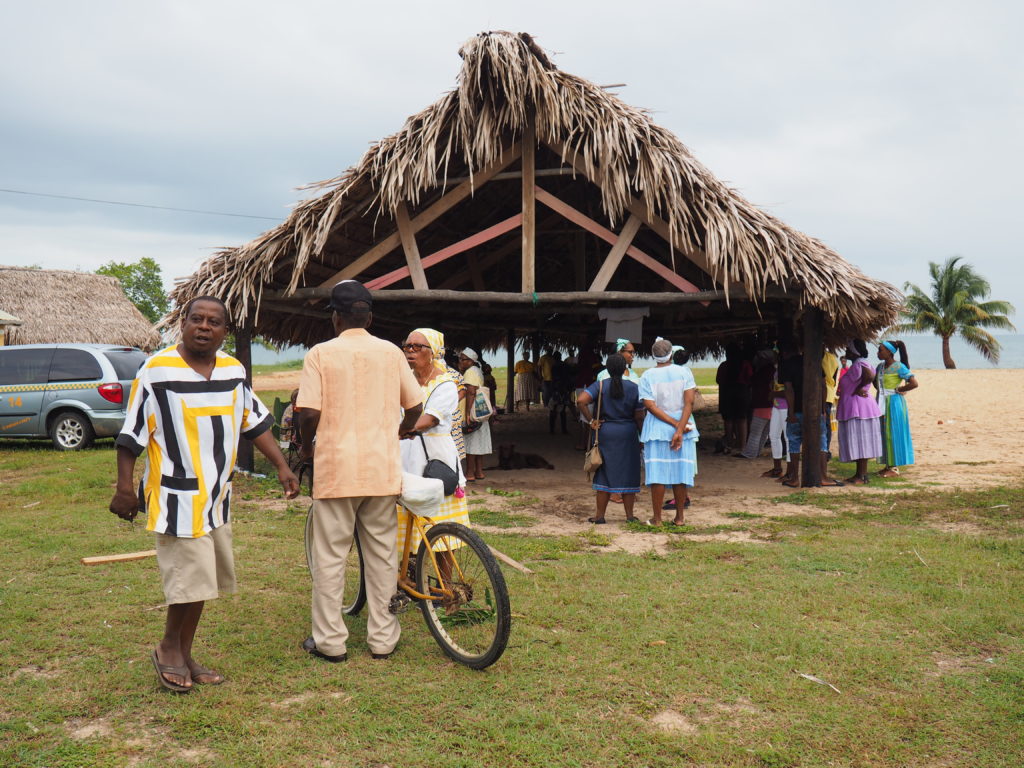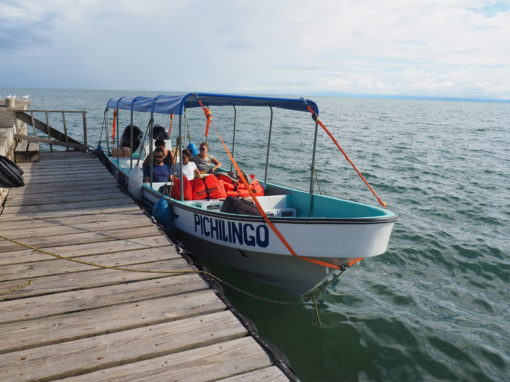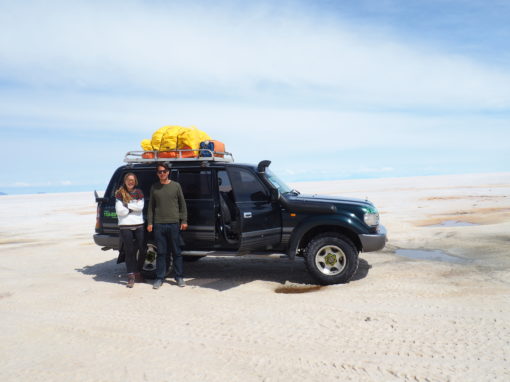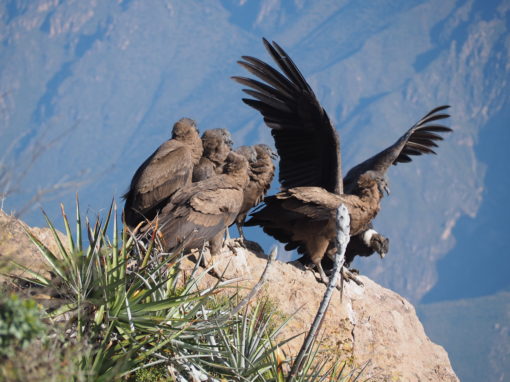The great thing about travelling without a plan is that there are just so many surprises along the way. This was absolutely the case in Belize. I wasn’t really planning on going there anyway and I certainly didn’t plan on visiting this country during its biggest holiday. But I ended up doing both.
Last Monday, November 19th, the Garifuna people of Belize were celebrating the arrival of their first people by boat in 1832. It had never even heard of the Garifuna to be honest, so I had to dig into the history to get to know a bit more about them. So I’ll give you a heads up in here too :).
I think the most interesting thing to know about the Garifuna is that unlike many other ethnic minorities in Central and South America, the Garifuna people never were slaves, even though they were intended to be as such.
After being taken away from Africa, they somehow managed to alter their fate. Some believe they commandeered their slavers’ ship on the way to the west. Other say that the slave ship was wrecked during a storm and the Garifuna people’s ancestors used the opportunity to escape. Whatever happened, they surely escaped something horrible and knew to make it to the Grenadines.
In 1763, the British acquired the Grenadines and other lands in the Caribbean. Conflicts between the (now again free) Garifuna and the British started shortly afterwards. At the end of the 18th century the Garifuna were exiled to the island of Roatan off the coast of Honduras.
Many died during this odyssey. Only 1500 of the original 4000 Garifuna set foot on land at Roatan. The make matters worse, the island wasn’t big enough for this leftover population.
By now some 20.000 Garifuna (6% of the Belizean population) still live in Belize, mainly south of Dangriga
By now mixed with the indigenous Carib, the Garifuna people scattered ever since along the shores of Caribbean Belize, Guatemala, Honduras and Nicaragua. By 1832, some 200 Garifuna people reached the beaches in Belize in dugout canoes from Honduras. And so their culture kept on existing in Belize. By now some 20.000 Garifuna (6% of the Belizean population) still live in Belize, mainly south of Dangriga.
In 1941, Thomas Vincent Ramos (a Belizean civil rights activist who devoted his life to the rights of the Garifuna people) honoured the Garifuna people by creating Garifuna Settlement Day. Finally in 1977, Garifuna Settlement Day became a national public holiday, celebrated especially in towns with a big Garifuna population such as Dangriga and Hopkins. I happened to be in the latter at this big, vibrant day.
Together with some other folks that were staying at the Funky Dodo Hostel (totally recommended in Hopkins by the way, I don’t think you’ll find a better option), we went very early to the beach on the 19th. We were told that at 6am (sunrise), the people would land ashore already for the reenactment of the arrival of their first people by boat in 1832, continuing with a procession on land afterwards.
But obviously in the Caribbean, everything goes a bit slower as planned. When we were at the beach by 6:30 am, so far nothing was really going on there. I mean, two boats were preparing to cruise away, but it became pretty clear that it would take another while before they would return.
But obviously in the Caribbean, everything goes a bit slower as planned.
The locals didn’t really seem to mind. Most of them came just rolling out of the bar anyway, still holding tight on those Belikin beers.
Once the boats finally took off to sea (only to return an hour later) they kept themselves (and everyone else :)) entertained in the meantime with a lot of singing and dancing.
The beat of the drums is never far away anyway in Hopkins.
Unfortunately it’s really impossible to understand anything of the songs. The Garifuna speak ‘kriol’ (creole), which is a mix of English, Spanish, Mayan and West African languages. With every line you hear you have both the feeling that you understand it all and nothing of it at the same time. It’s actually a bit frustrating from time to time, ha!
But let’s get back to the celebrations. Once the boats appeared in sight again, the music and dancing was shifted to the shores were the boats would soon land.
This was quite a theatrical play. Three times the boats tried to enter land, but twice the boats were ‘send back’ to the sea by a white local guy. The third time the Garifuna ‘asked’ whether they would be allowed to enter land, the white guy welcomed them on land and everyone cheered.
This play probably had to refer to the beginning of the 19th century (which is something I only realised later on when I tried to find what the hell all this stuff was about).
During that age, the Garifuna brokered a deal with the government of Honduras. As they needed new lands, they agreed that they would function as soldiers for Spain, in exchange of new shores to settle down.
The people on the land were dancing in some kind of trance (or probably exhaustion because of the long drinking night) on the beach close to the boats. It was quite something to see.
Also, for some kind of reason they brought along a lot of plants! See that below? ↓
I asked a couple of locals what that was about, but only one of them said he knew… it was purely decorative. Alright alright alright.
Once ‘allowed’ to land, everyone stepped out of the boat starting a procession on land that continued from the dock towards the church.
Again a lot of Garifuna songs were sung and Garifuna flags were waved.
It was also raining pretty intense by now. So we decided to take a break. We desperately needed some coffee anyway after the hours of waiting, plus it felt inappropriate to enter the church as foreigners.
Once highly caffeinated we went to the church and waited outside for the colourful dresses to come out.
They were gorgeous. I’m a total sucker for Caribbean outfits anyway:
It was peculiar to see that it was mainly women joining the main festivities. It was almost as if all the guys were still hanging in the bar or something. They probably did.
The Garifuna and their spectators filled the rest of the day with the three D’s: drumming, dancing and drinking. The locals were exceptionally well at all of these.
I mean, just look at this!!!!
Even if you’d see this stuff in slow motion it would be super fast.
All in all it was a fun day to experience. Later on another backpacker told me that the parade in Dangriga (another major Garifuna hub) was quite a lot bigger. He just happened to come across it as well on his way south. Unfortunately all of the rooms were totally sold out over there at the time being, that’s why I chose Hopkins anyway. So if you want to experience the bigger deal, book a room in Dangriga wayyyy in advance. But nevertheless, I thought I had the feeling I knew quite some people in this town after all of the festivities, and that was quite cool too.
Learning a couple of creole phrases in advance will be appreciated for sure by the way:
Thank you – Seremein
How are you – Ida Biangi
One love – Aba Isieni
Here’s where to find Hopkins in Belize, in case you want to enjoy this day yourself as well!
